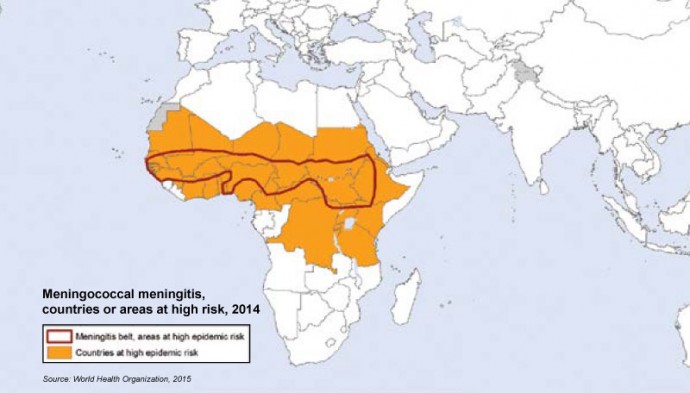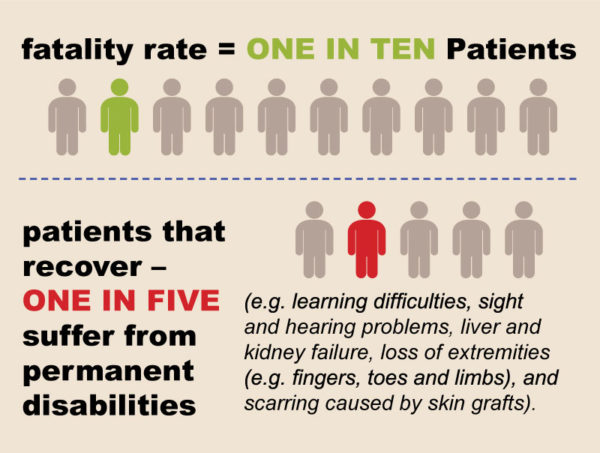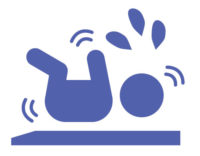Invasive meningococcal disease (IMD) is an acute bacterial infection caused by Neisseria meningitidis. Although it is not as prevalent as the common cold, this is not an infection that you should treat lightly! It can be fatal when not diagnosed and treated quickly. In some cases, death has occurred in as little as 24 hours after admission into hospital.
With the ease of travel from one part of the world to another, it is easy for the disease to ‘travel’ from its ‘native lands’ (namely the meningococcal belt in Africa) to the rest of the world. The annual Hajj pilgrimage has also been associated with outbreaks of meningococcal disease, leading to mandatory vaccinations for all pilgrims.
Tough to Spot
Meningococcal disease is hard to diagnose quickly as it can affect the brain or spinal cord (meningococcal meningitis) and the blood (septicaemia).
Common symptoms in babies include:
- High fever
- Constant crying
- Difficult to comfort
- Excessive sleepiness or irritability
- Inactivity or sluggishness
- Poor feeding
- A bulging fontanelle (the soft spot on a baby’s head)
- Stiffness in a baby’s body and neck
Children older than two years of age may exhibit the following signs and symptoms:
- Sudden high fever
- Severe headache
- Stiff neck
- Vomiting or nausea with headache
- Confusion or difficulty concentrating
- Seizures
- Sleepiness or difficulty waking up
- Sensitivity to light
- Lack of interest in drinking and eating
- Purpuric (bruise-like) rash (a symptom of septicaemia)
Did you know?
You can use the ‘glass test’ to check whether the rash is an indication of septicaemia or not. A regular rash will blanch (or fade) under pressure from a glass held against it.
This is a sign of meningococcal septicaemia. However, do not wait for a rash to develop just to do this test. If your child is ill and his condition is worsening, seek medical help immediately!
Who are Most at Risk?
Babies and toddlers (up to 5 years old). Represents two thirds of global cases (less mature immune system).
Teenagers and young adults (between 15 – 24 years) with a more socially interactive lifestyle (e.g. sharing food or drinks with others), living in dormitories (crowded living conditions facilitate the spread of the bacteria).
The elderly.
Latest News
Don’t Become a Statistic
Although catching it early means you will give your child a 90% chance of survival, there are some potentially permanent disabilities such as amputation of the fingers, toes, arms or legs (due to embolisation of septic material to small capillaries in these limbs) or even severe scarring due to skin grafts.
The best thing to do is to prevent IMD by immunising against it. While vaccinating your child is the best possible method of prevention, be sure to also practice good hygiene as this will help minimise the spread of bacteria. Try to avoid sharing food or drink, and toothbrushes as well.
Talk to your paediatrician or doctor immediately in order to learn what options you have to protect yourself and your family from the threat of IMD. Remember, just because it is not a rampant disease does not mean that you should play the odds, in the hope that it will no happen to you. Take action by getting vaccinated.
An educational contribution by Malaysian Paediatric Association.













Comments